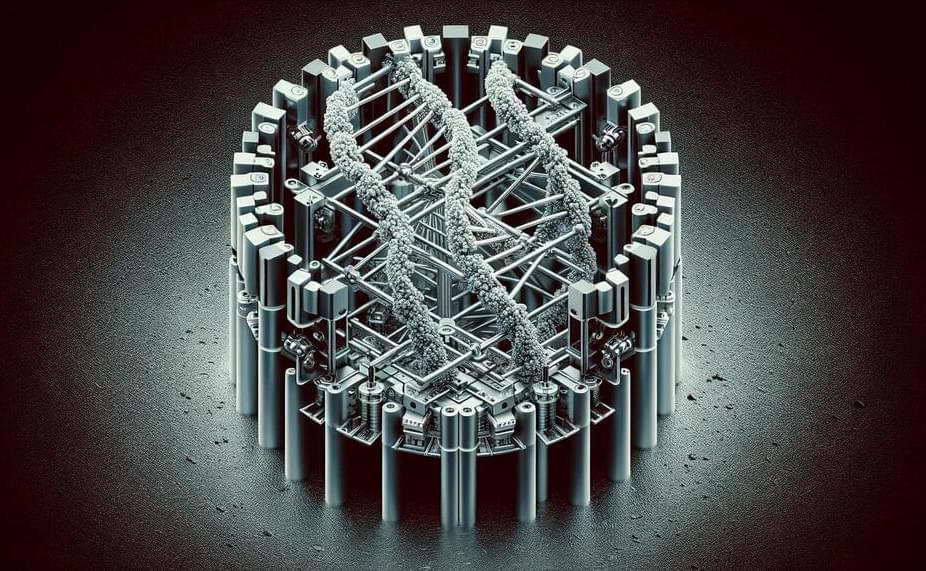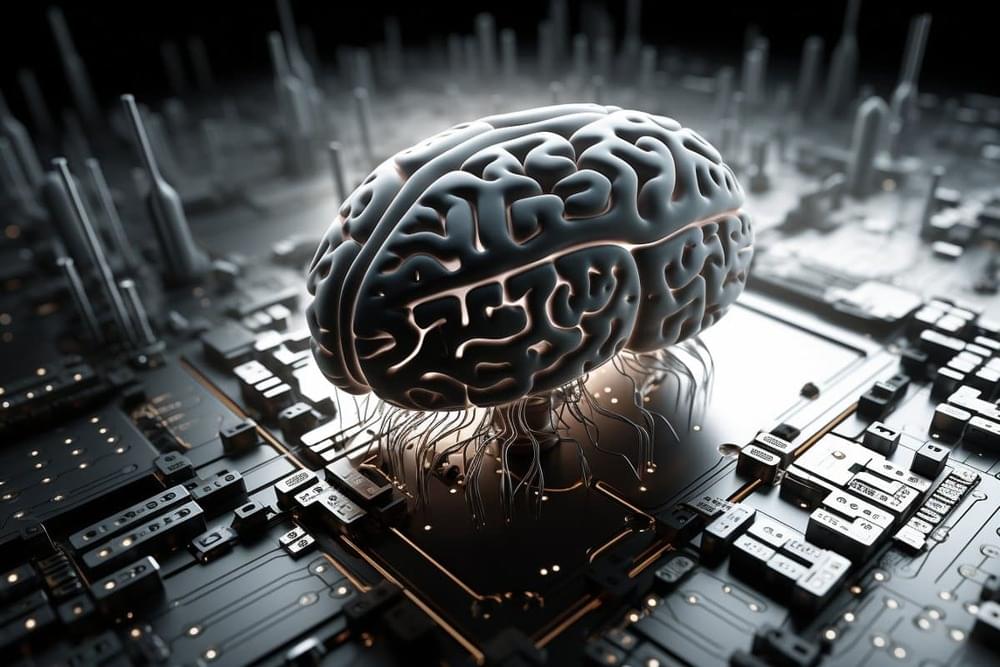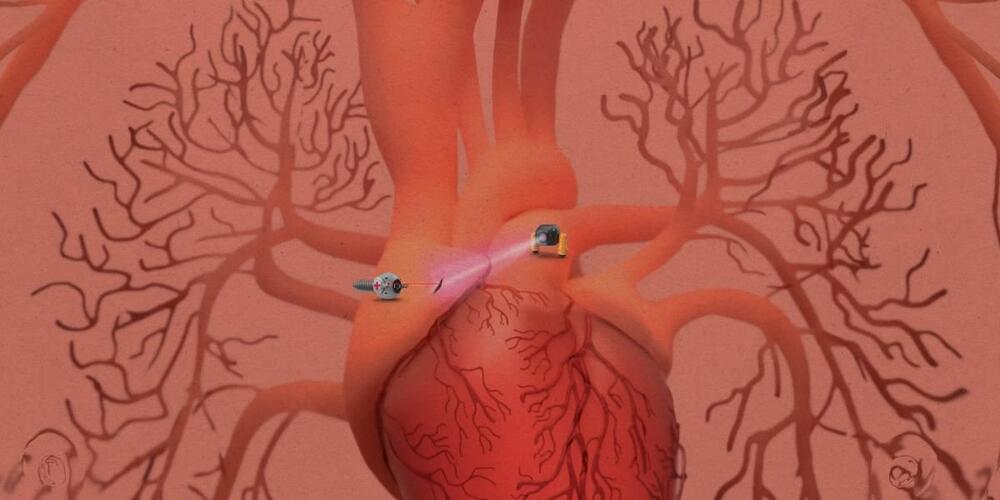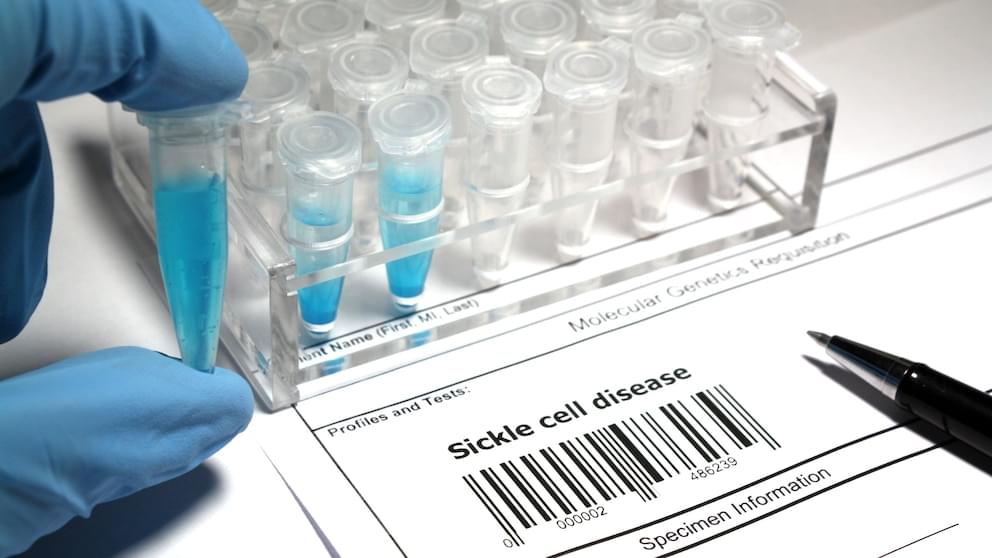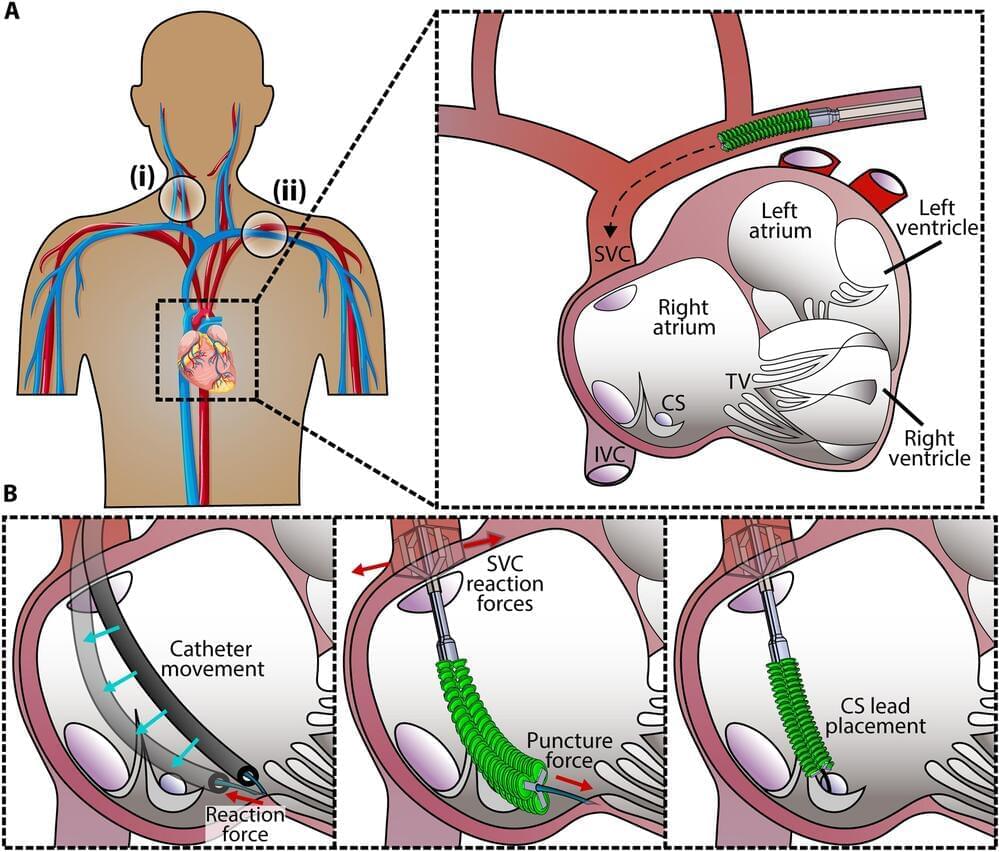Researchers have demonstrated a programmable nano-scale robot, made from a few strands of DNA, that’s capable of grabbing other snippets of DNA, and positioning them together to manufacture new UV-welded nano-machines – including copies of itself.
The robots, according to New Scientist, are created using just four strands of DNA, and measure just 100 nanometers across, so about a thousand of them could squeeze up into a line the width of a human hair.
The team, from New York University, the Ningbo Cixi Institute of Biomechanical Engineering, and The Chinese Academy of Sciences, says the robots surpass previous efforts, which were only able to assemble pieces into two-dimensional shapes. The new bots are able to use “multiple-axis precise folding and positioning” to “access the third dimension and more degrees of freedom.”
